Bordeaux. A port city in southwestern France. Bordeaux, a city on the Garonne River. Bordeaux, the name of the surrounding region. Bordeaux, the name given to wines from this world-famous area that resonates with wine lovers everywhere. Bordeaux. Wines that span red, white, rosé, and sweet dessert styles.
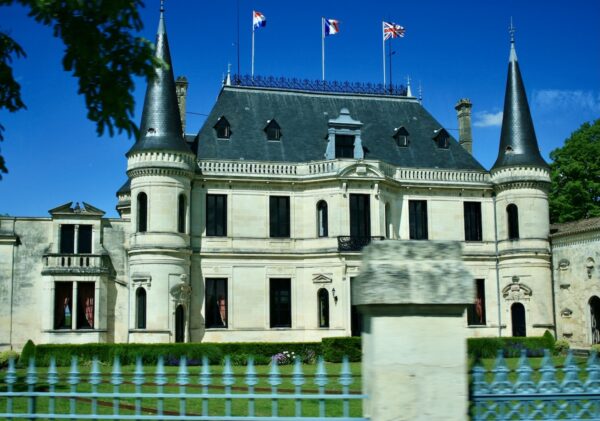
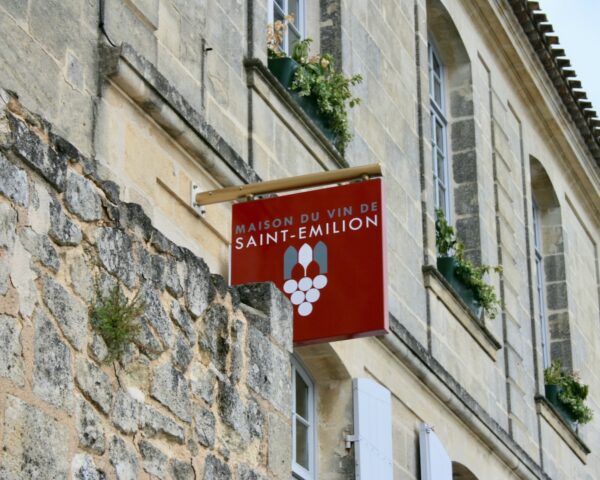
Bordeaux. Home to legendary sub-regions such as Pauillac, Margaux, Sauternes, Saint-Émilion, and Pomerol.
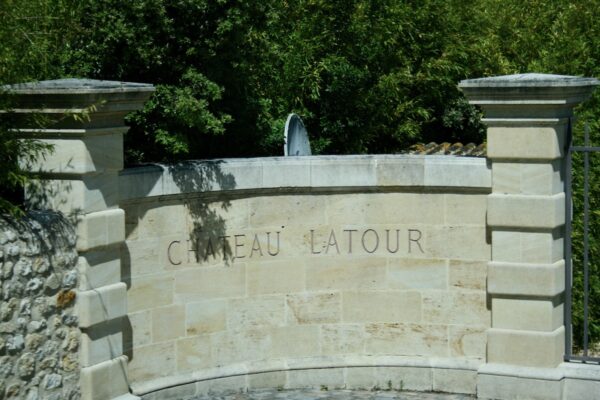
Bordeaux. Home of iconic estates—Château Lafite Rothschild, Château Margaux, Château Latour, Château Haut-Brion, Château Cheval Blanc, and Château Mouton Rothschild.
The Wines of Bordeaux
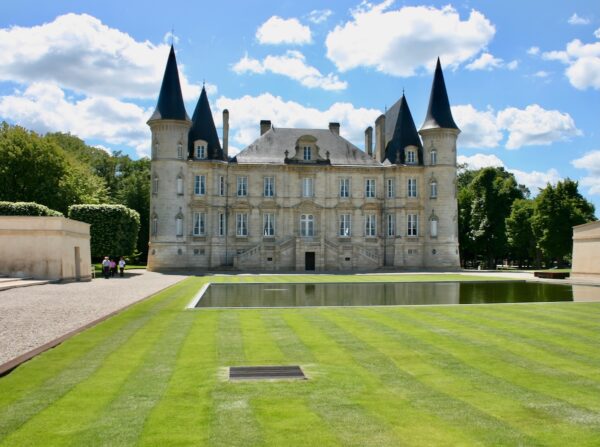
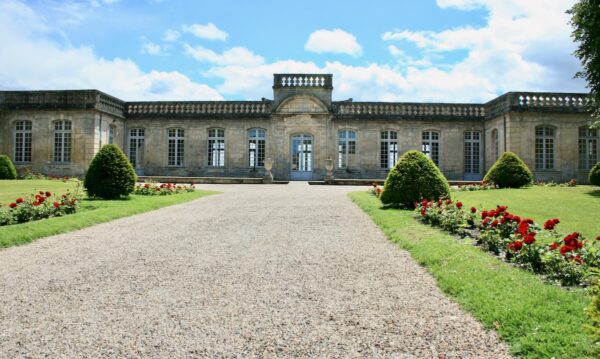
In Bordeaux, “château” can mean anything from a grand estate to a modest country home. What matters is the wine.

Reds are typically blends of Merlot, Cabernet Sauvignon, Cabernet Franc, Petit Verdot, and sometimes Malbec. Whites lean on Sauvignon Blanc, Sémillon, and Muscadelle. Dessert wines from Sauternes and Barsac, made mainly from botrytized Sémillon, are lush with honeyed apricot, ginger, and spice.
Unlike New World wines, Bordeaux bottles don’t list grape varieties. Instead, they’re labelled by appellation—53 in all—each defined by its soil, microclimate, and style. Here, the focus is not the grape, but the land.
Quality and Price
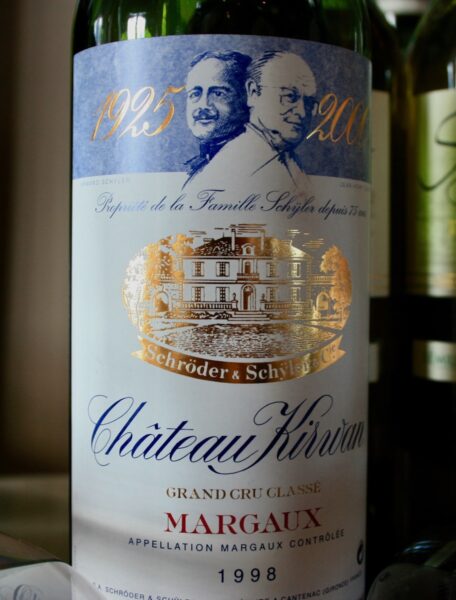
Some terms help decode the labels: Grand Vin de Bordeaux marks a winery’s flagship. Grand Cru Classé and Cru Classé signify top-tier wines, often scarce and expensive. Consider Petrus: $1,700 for the 2003 vintage, $3,800 for 2005, and $6,000 for the current 2022 release.
Yet Bordeaux is not only for collectors. Many lesser-known châteaux offer excellent bottles for $50–$100, with whites often the best bargains.
Climate and Terroir
The Atlantic and the Gironde, Garonne, and Dordogne rivers shape Bordeaux’s maritime climate. Warm summers, mild winters, and autumn humidity create conditions for both vibrant reds and the noble rot essential for Sauternes.
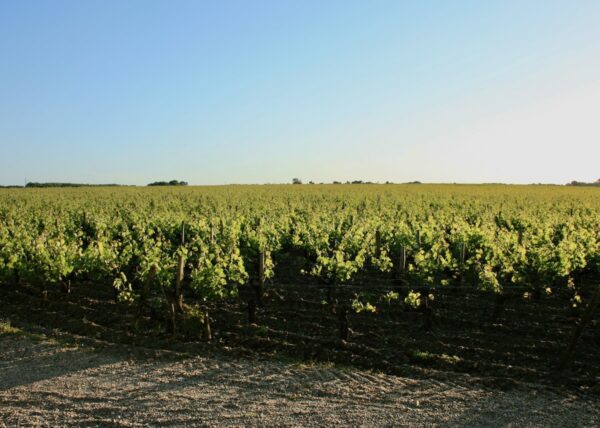
The Left Bank’s gravel and sand suit Cabernet Sauvignon, producing structured, age-worthy wines. The Right Bank’s clay and limestone favour Merlot and Cabernet Franc, yielding softer, earlier-drinking reds that still age beautifully. Entre-Deux-Mers, between the Garonne and Dordogne, is known for crisp, refreshing whites.
This division of terroir has long been recognized. In 1855, at Napoleon III’s request, Bordeaux wines were officially classified—a ranking that still largely stands.
Tasting Bordeaux
At a recent tasting at Franco’s Liquor in Kelowna, I sampled four wines:

- 2023 Clarendelle White ($36.99): 49% Sauvignon Blanc, 47% Sémillon, 14% Muscadelle. Overseen by the same winemaking team as Chateau Haut-Brion. Notes of lemon cream, green apple, honey, and biscuit. Balanced, with a medium-plus finish. 90 points.
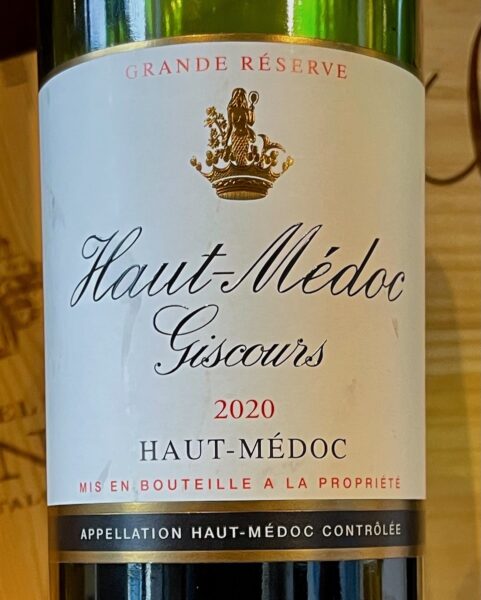
- 2020 Haut-Médoc Giscours ($50.99): 50% Merlot, 50% Cabernet Sauvignon. Bright red fruit and mint, light-bodied, with a touch of burnt caramel. Youthful but promising. 87 points now, with room to grow.
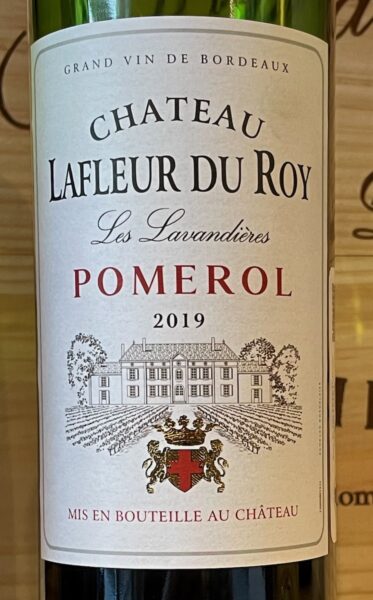
- 2019 Château Lafleur du Roy Pomerol ($59.99): 85% Merlot, 10% Cabernet Franc, 5% Cabernet Sauvignon. Garnet red, with plum, black cherry, spice, and cocoa. Firm tannins—best decanted or aged. 91+ points.
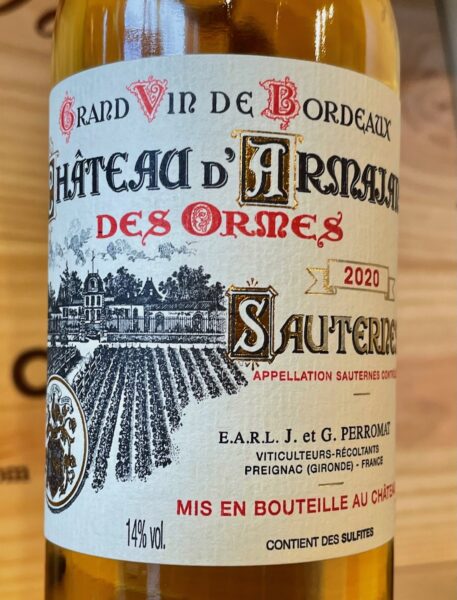
- 2020 Château d’Armajan des Ormes Sauternes ($35.99, half bottle): 65% Sémillon, 30% Sauvignon Blanc, 5% Muscadelle. Barrel-aged 24 months. Rich, luscious, with candied fruit, honey, and butterscotch. 92 points.
Final Thoughts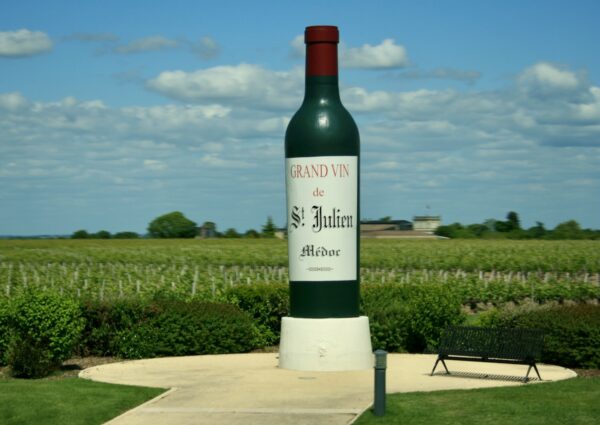
Bordeaux wines are meant to be savoured—whether paired with lamb, beef, game birds, lobster, or simply enjoyed on their own. Well-aged bottles invite you to linger, each swirl and sniff revealing new layers of aroma and flavour.
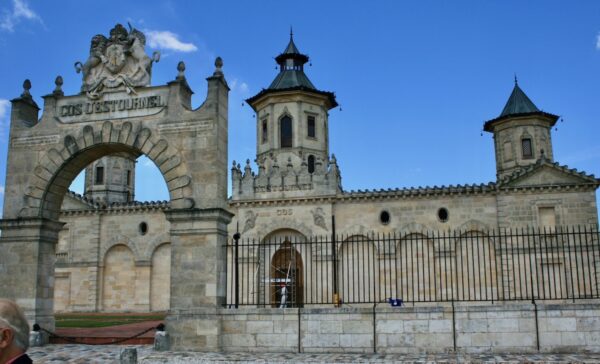
For wine lovers, Bordeaux offers endless discovery. Its diversity, history, and sense of place make every glass a journey. But in the end, it all comes down to one thing: do you like it? If the answer is yes, then you’ve found your Bordeaux.
(All photos – Sam Hauck)

